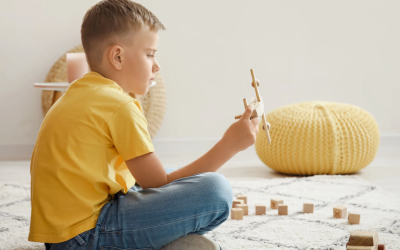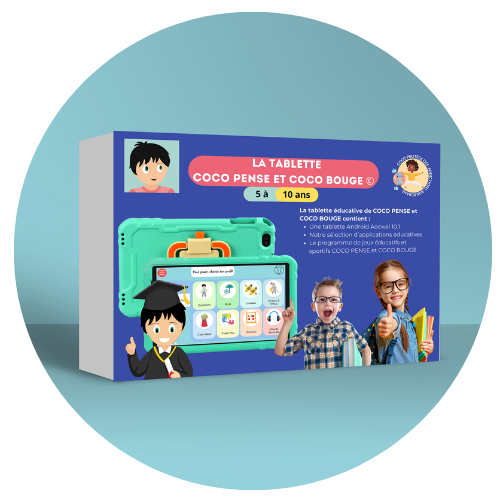Non-verbal autism
Autism, a complex developmental disorder, affects approximately 8,000 children each year, highlighting its prevalence and significance in our society. However, it’s crucial to recognize that within this considerable number, each child experiences autism uniquely. Autism spectrum disorder (ASD) encompasses various subtypes, each presenting with distinct characteristics, levels of severity, and individual vulnerabilities.
Communication difficulties are a hallmark feature of autism spectrum disorder, with some individuals being non-verbal, meaning they struggle to communicate verbally. However, it’s important to understand that non-verbal communication doesn’t equate to a complete absence of communication abilities. Rather, it underscores the necessity of finding alternative communication methods and adapting the environment to meet the child’s specific needs.
For non-verbal children with autism, exploring alternative communication tools such as augmentative and alternative communication (AAC) systems can be invaluable. These tools encompass a range of strategies, from picture exchange systems to high-tech speech-generating devices, tailored to the child’s abilities and preferences. Moreover, creating a supportive environment that accommodates and respects their unique communication style is essential for fostering meaningful interactions and promoting their overall development.
Autism often affects several skills in the development of a child. It is therefore important to have a general vision in order to better support the child’s development.
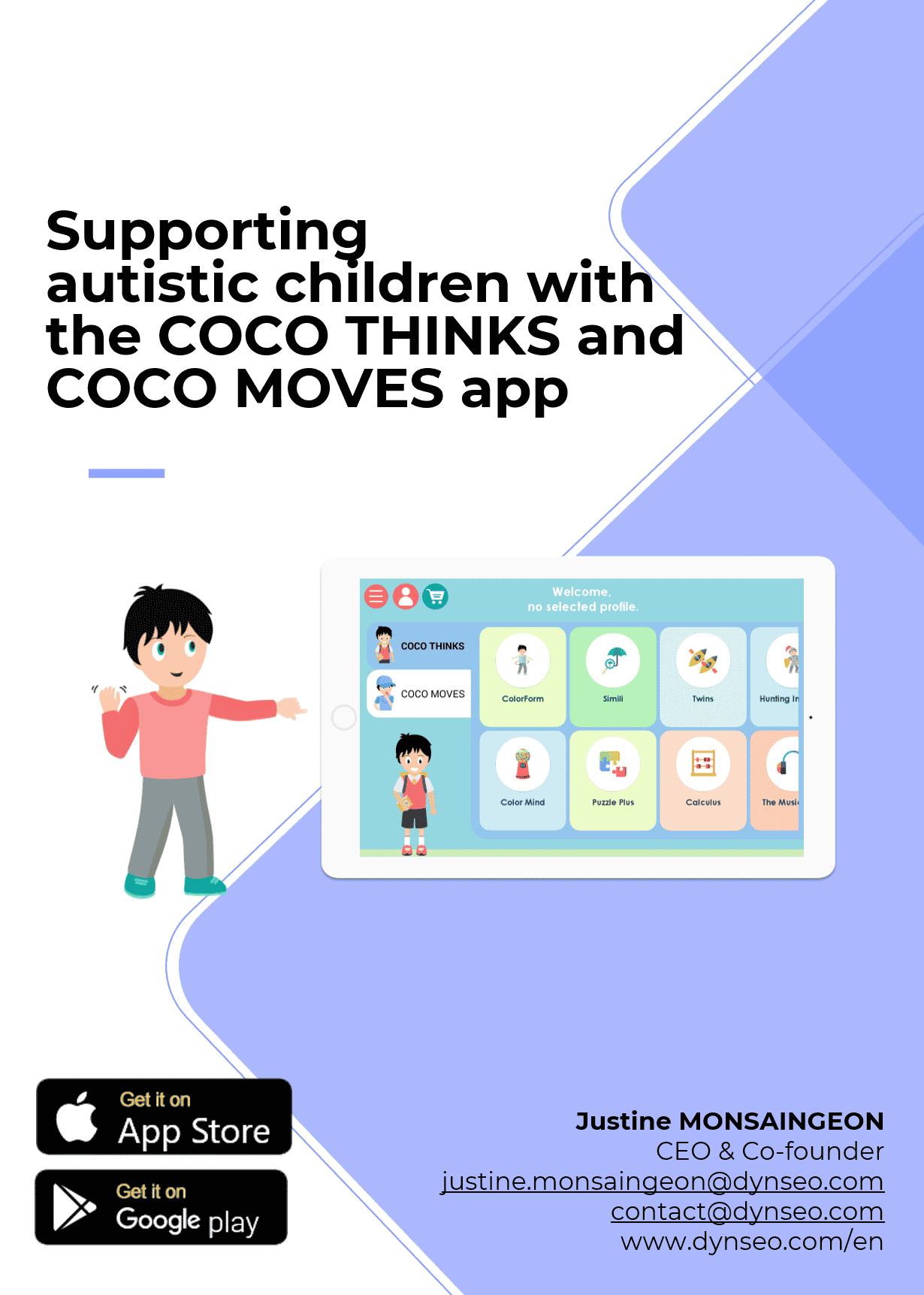
The non-verbal child
When a child experiences a severe communication disorder, such as those often seen in children with autism, they may be characterized as non-verbal. In such cases, the child may exhibit challenges such as a limited vocabulary, struggles with constructing complex sentences, or an inability to use oral language effectively.
For some non-verbal children, speech may be entirely absent, or they may only use a few words to convey their thoughts or needs. In the absence of verbal language skills, these children primarily rely on non-verbal forms of communication, utilizing gestures, facial expressions, and body language to express themselves.
Furthermore, the impact of verbal difficulties extends beyond communication alone and can affect various aspects of the child’s development, including social interactions and academic progress.
Early intervention is paramount in supporting children with communication disorders, providing them with tools, alternatives, and strategies to navigate their challenges effectively. By equipping these children with the right resources and support, they can learn to engage and communicate meaningfully in their everyday lives, fostering their overall development and well-being.
How to communicate with a non-verbal child?
Before looking at how to create a dialogue with a non-verbal child, it should be remembered that an autistic child can also have difficulties in relationships and in expressing their needs. These difficulties are specific to autism and are not related to the ability or lack of ability to speak. It is therefore important to take into account the relational aspects when communicating with children with autism.
We have just seen that a non-verbal child with autism can communicate. Communication can take place through different channels, so it is important to find out which channel the child wants to use. All children will use facial expressions to express themselves. Facial expressions are universal and everyone can give them meaning. In this case, it is important to exaggerate the expressions to make them more obvious to the child as well.
It should be remembered that for children with autism it can be difficult to recognize emotions, theirs and ones of others. You can use books or games to help them learn to recognize it. For example, in the COCO THINKS and COCO MOVES app, you can find the game “Mime an emotion”. The child can learn to recognize emotions on himself and on others through pictures and descriptive audios He will, therefore, be able to match what he leard with his emotions and the emotions of others.
Here are some emotions children can learn in the COCO THINKS and COCO MOVES app:
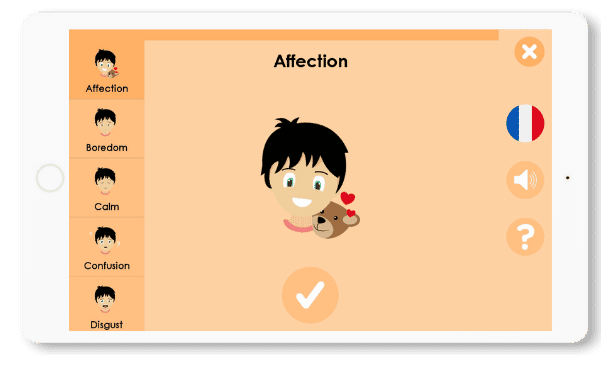
Affection
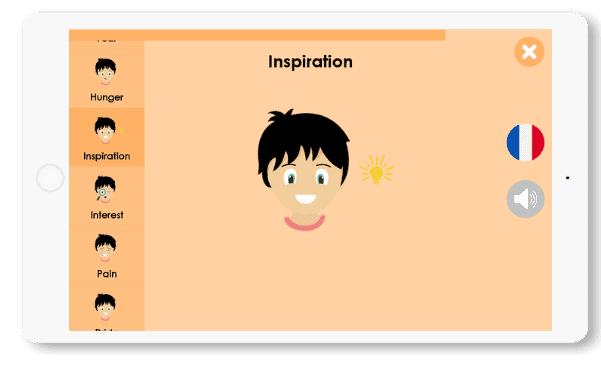
Inspiration
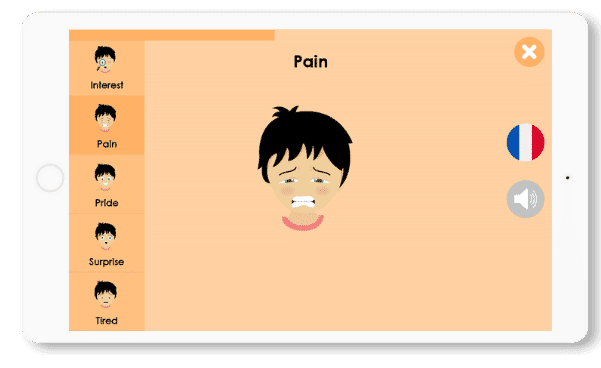
Pain
Another solution is to use pictures.
Pictures can help the child to expand his or her vocabulary if it is small, or they can substitute for communication. Pictures are easy for children to recognize and use.
There are different types of alternative communication for autistic children. In this case, it is important that the child is followed up by a speech therapist who can teach the child and the parents how to use this type of communication. Learning to use these tools is not easy and it takes time as it is like learning a new language. You have to be patient and help your child. It will be important to integrate this tool also at school to enable the child to communicate in every situation.
When you talk to your child try to speak softly and give the child time to respond. Also, when it is the child who wants to communicate something, either with a word or by pointing to a picture, give them time to express themselves.
Once the child has finished, you can make the sentence more complex. For example, if the child has said the word “water” or pointed to the picture of water, you can say “Do you want me to give you some water? Yes, here is the water.”. This way the child will be happy to be understood, but will also have a more complex sentence pattern and will be able to improve their communication.
Speech therapy for non-verbal children
Speech therapists play a crucial role in supporting children with language or communication disorders, including those with autism spectrum disorder (ASD). It is highly beneficial for children with ASD to receive speech therapy services to address their unique communication needs.
For non-verbal children with ASD, it’s important to recognize that communication takes various forms beyond verbal language. A speech therapist can work with the child to explore alternative communication methods, such as augmentative and alternative communication (AAC) systems, sign language, or picture communication systems. By tailoring interventions to the child’s abilities and preferences, speech therapists help facilitate effective communication and interaction.
Moreover, speech therapists provide valuable guidance and support to families, offering strategies and activities to promote language development and communication skills at home. Collaborating with speech therapists empowers families to create an enriching communication environment and implement effective communication strategies tailored to their child’s needs.
Ultimately, the goal of speech therapy is to equip children with ASD with the necessary tools and skills to communicate effectively, fostering meaningful interactions with their environment, family members, and peers. Through ongoing support and intervention, speech therapists play a vital role in enhancing the overall communication and social functioning of children with ASD.
Non-verbal children and school
Children with communication disorders, including those with autism spectrum disorder (ASD), may encounter challenges in the school environment that can impact their academic performance and social interactions. It’s crucial for educators and school staff to understand and accommodate the unique communication needs of these students to support their learning and development effectively.
When a child with ASD utilizes alternative communication methods – such as pictures, apps, or sign language – it’s essential for teachers to be informed and trained in using these modalities. This enables them to facilitate communication and interaction within the classroom environment and promotes inclusivity among all students. Additionally, educators can play a pivotal role in fostering peer understanding and acceptance of diverse communication styles, creating an inclusive learning environment where all students feel valued and supported.
Adapting classroom activities and assessments to align with the child’s communication modality is essential for promoting their academic success and engagement. For instance, if a child communicates using images, it’s important to provide materials and assignments that are presented visually rather than relying solely on written text. By tailoring educational materials to the child’s preferred mode of communication, educators can enhance accessibility and ensure that the child can fully participate in learning activities.
Furthermore, ongoing collaboration between educators, speech therapists, and other support professionals is essential for implementing effective communication strategies and accommodations in the classroom. By working together, school teams can develop individualized plans that address the unique needs of each child with a communication disorder, fostering a supportive and inclusive learning environment that promotes academic success and social-emotional development.
COCO THINKS and COCO MOVES,
educational and physical games
The COCO THINKS and COCO MOVES is an app that offers more than 30 educational and physical games. Each game has three levels of difficulty and an audio description to adapt it to all children.
With Coco you can stimulate all cognitive functions such as attention, memory, logic and language.
The Musical Ear
In this game, the child has to listen to and recognise the sounds of objects, animals and musical instruments.
With this game, you can stimulate listening to the other, which is essential in communication. You can also stimulate vocabulary when the child has to find the right answer, but also language if you ask the child to reproduce the sound he has just heard.
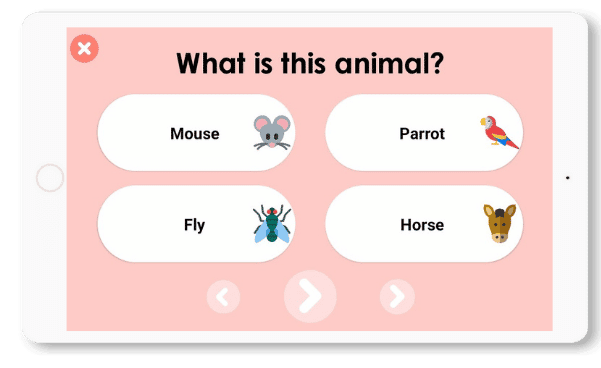
Coco Cooks
In this game, the child has to remember the ingredients of a recipe. Each ingredient is represented by a picture so it will be easy for the children to recognise all the ingredients and associate the words with the objects.
You can stimulate language by asking the child the name of an ingredient or alternatively by asking them to point to it. For children who use pictures for communication, it is important to practice pointing to pictures to communicate.
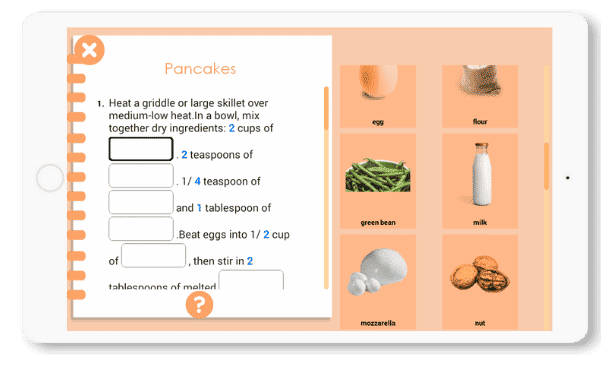
In the COCO THINKS and COCO MOVES app you can find several games so every child can find something to play. Remember that every child is different and that’s fine! You should try to adapt the environment to the child’s needs and use the child’s own skills to overcome difficulties.
The sports break
This break is very useful for non-verbal children because there is no need to communicate orally. Communication can be done through the body, movements and facial expressions. Sport and physical activities remove the language barriers that may exist between children.
COCO THINKS and COCO MOVES, the education and physical app
The COCO app imposes a sports break after 15 minutes of screen time. This allows them to air their brains, and then to be more focused!
Note that it is also possible to use the app only with sports activities, to adapt the games to the child. Personalize his experience and teach him to focus.
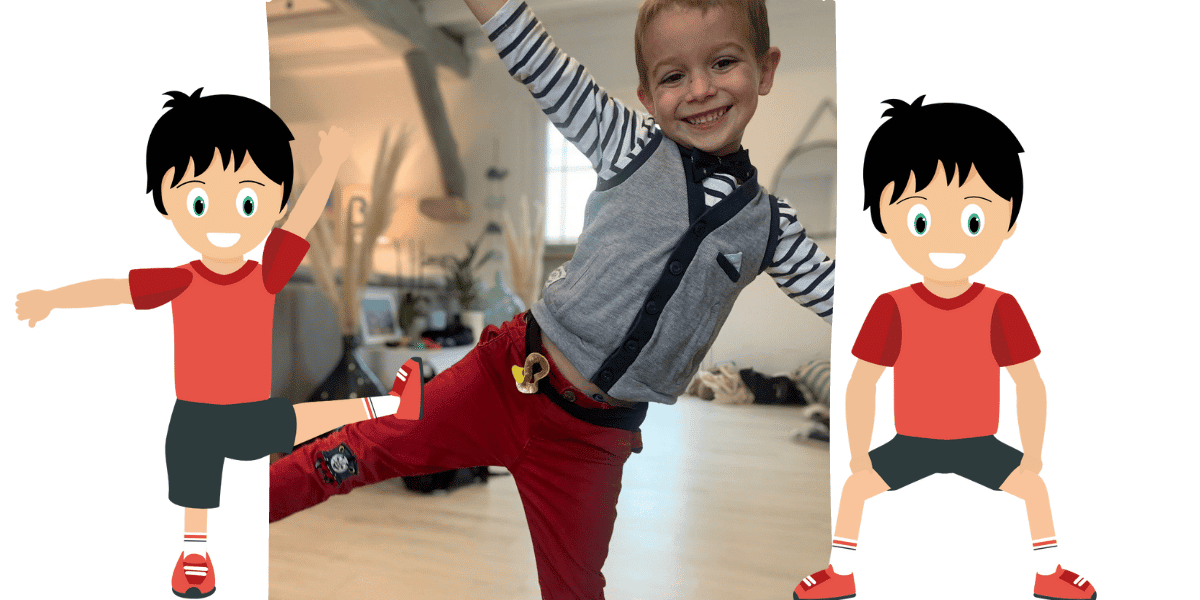
COCO MOVES’ PHYSICAL GAMES
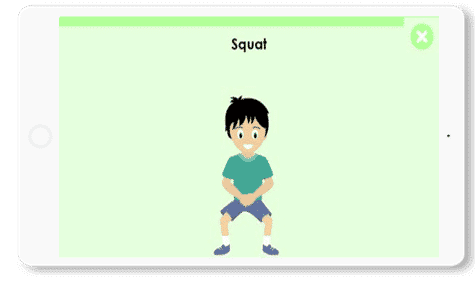
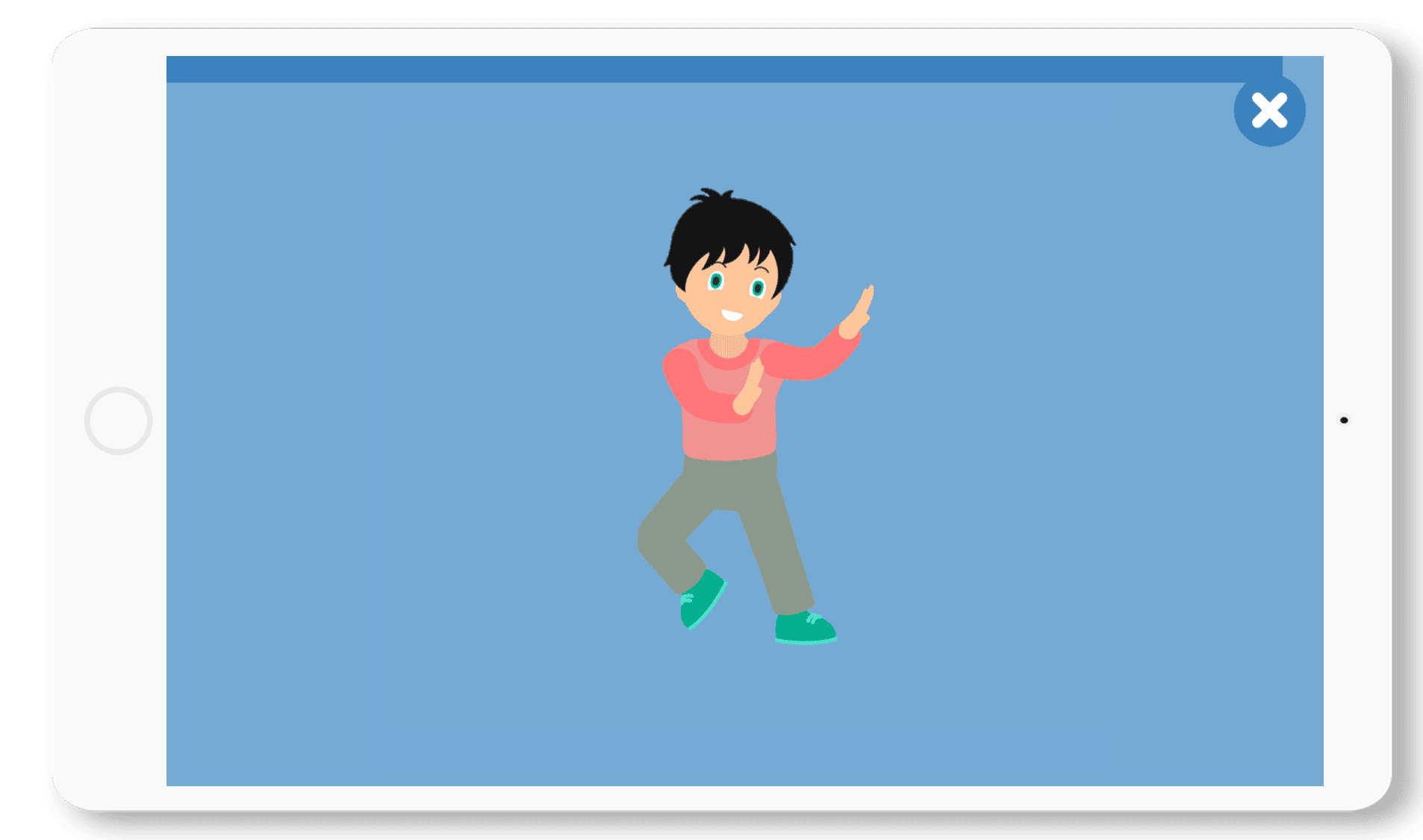
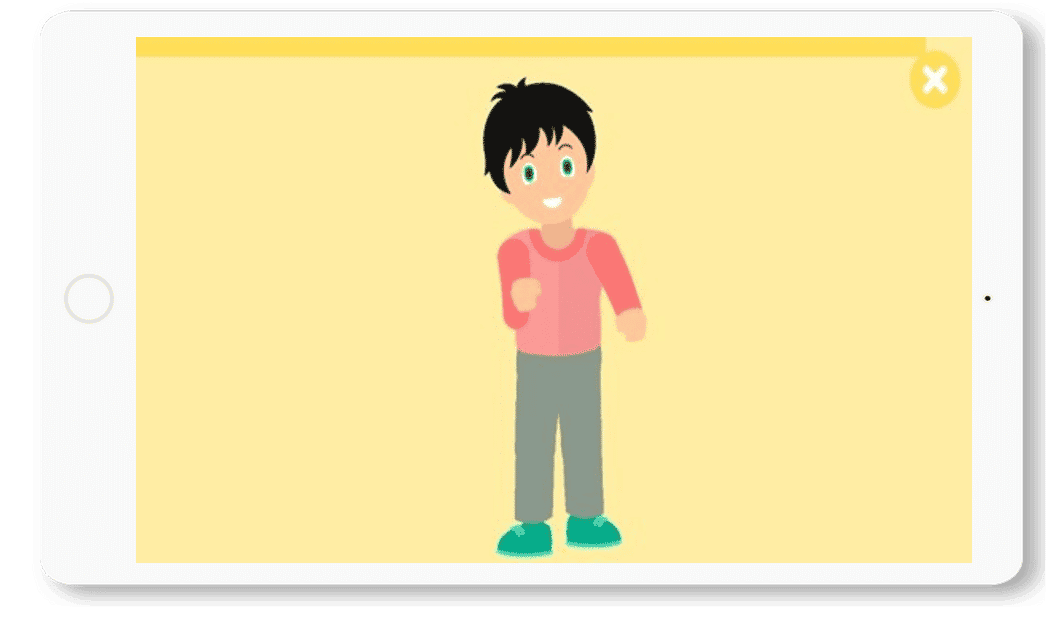
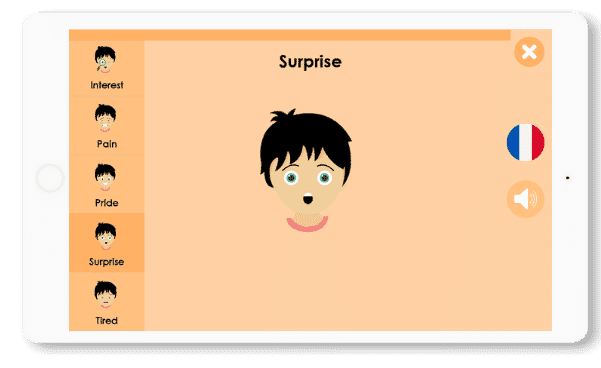
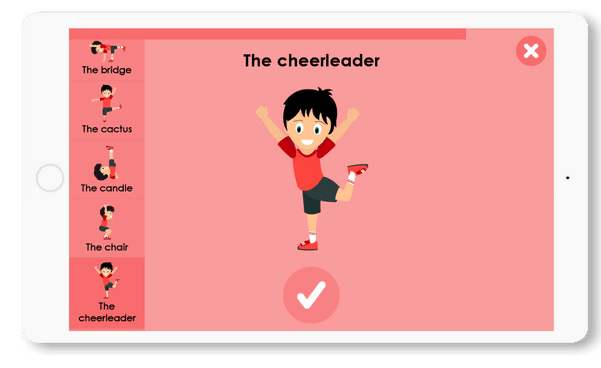
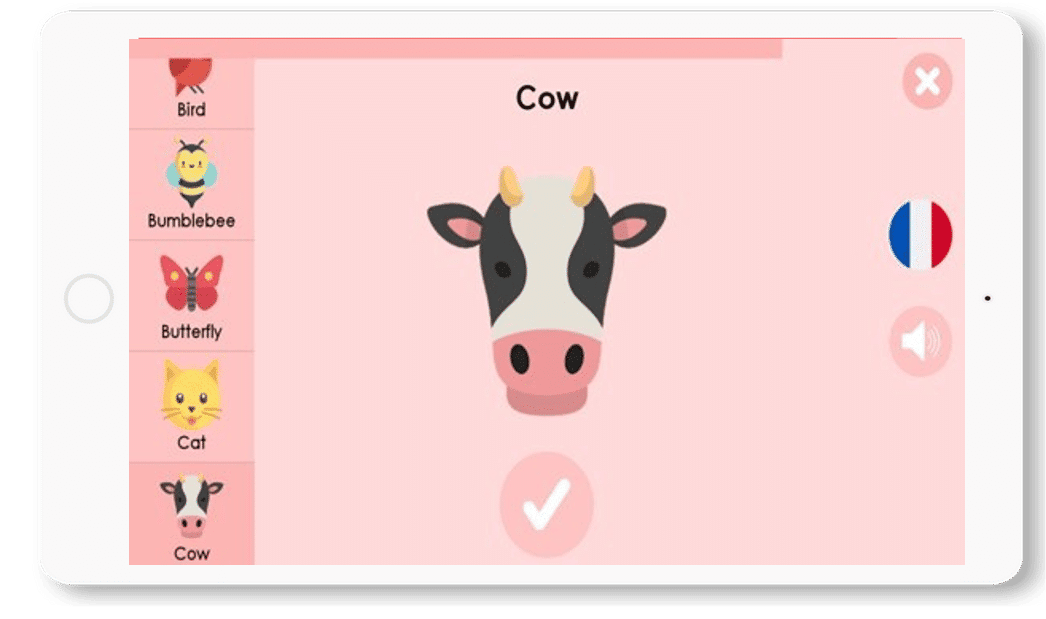
1 MONTH
- Performance Tracking
- Monthly updates
- Customer support
- No automatic renewal
$4,99 USD
3 MONTHS
- Performance Tracking
- Monthly updates
- Customer support
- No automatic renewal
$18 USD
1 YEAR COCO
- Performance Tracking
- Monthly updates
- Customer support
- No automatic renewal
$44 USD
My son is 8 years old and has autism. He has difficulties in relating to his peers and he doesn’t use language. When he was small, my husband and I were confused because we couldn’t communicate with our own child.
Our son’s speech therapist advised us to use pictures to communicate and indeed we managed to create little shared moments. We started to use pictures for everything: brushing his teeth, cooking, getting dressed… The pictures help us in the routines (picture of putting the toothpaste on the toothbrush, picture with the toothbrush in the mouth, picture of the child washing his mouth), but also to ask our child what he wanted.
Through the pictures we learned a lot about our son and improved our relationship. The only problem was that we couldn’t bring the pictures everywhere and our son would get upset when he couldn’t communicate. Notre orthophoniste nous a donc conseillé l’application Mon Dico et depuis notre fils peut communiquer avec facilité. Les images sont organisées et on peut rajouter plein d’images, toutes regroupées dans la tablette, prête à être l’emploi.
Notre fils a commencé à l’utiliser aussi à l’école, et le fait d’avoir une tablette a attiré l’attention de ces camarades. Au début, ce n’était pas facile, mais maintenant, quand les enseignants me disent que mon fils a partagé des moments avec ses camarades, je suis très heureuse.
Other articles you might be interested in:
Using Technology to Enhance Communication in Autism Speech Therapy
Autism Spectrum Disorder (ASD) presents unique challenges in communication, making speech therapy an essential...
Effective Autism Behavior Therapy: Improving Outcomes
Autism is a complex neurodevelopmental disorder that affects individuals in various ways. It is characterized by...
Autism Therapy at Home: Effective Strategies
Autism Spectrum Disorder (ASD) is a neurodevelopmental disorder that affects individuals in various ways. It is...


